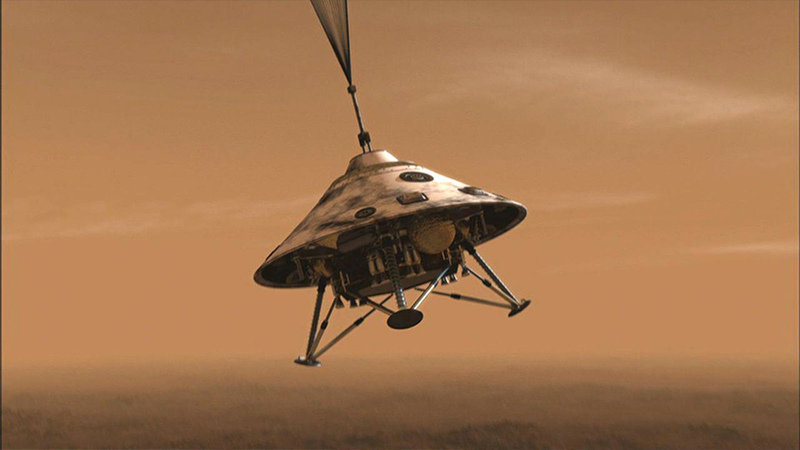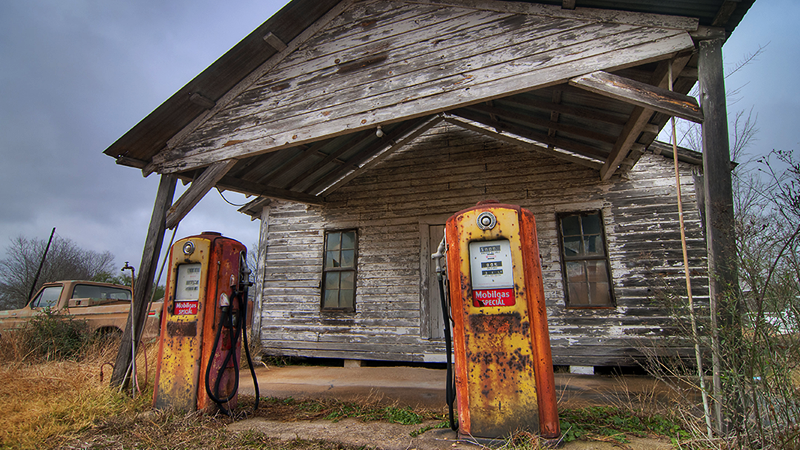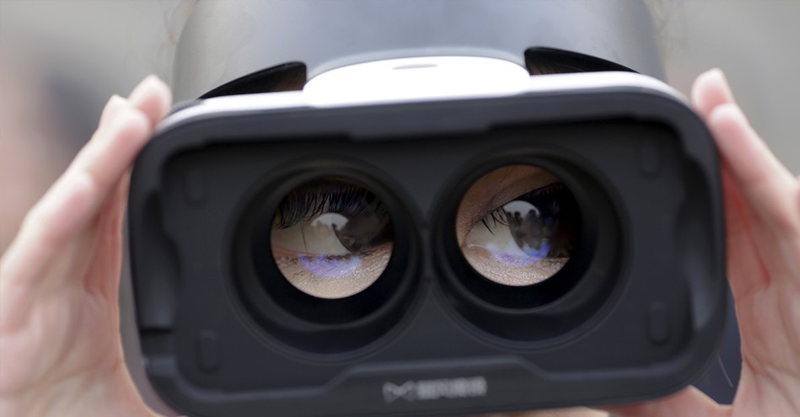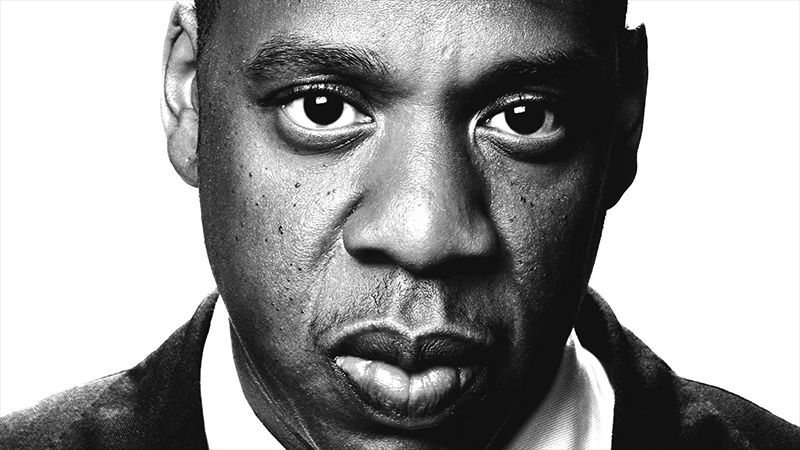“We all have a thirst for wonder,” American astronomer Carl Sagan wrote in his sci-fi novel Contact. “It’s a deeply human quality.” And it’s partly thanks to this “thirst” that NASA had the space game on lock this year, even though it doesn’t have access to as much money as it used to. The agency stepped into 2016 armed with $19.3 billion in government funding. Yes, that’s almost a $1 billion more than what the administration originally asked for, but it’s also significantly lower than NASA’s budget in previous years, when adjusted for inflation.
This relatively smaller allowance can’t sustain the whole agency when it’s working on huge projects like the Space Launch System and the Orion capsule. Combined, those two cost NASA $3 billion a year. As a result, some areas get more money than others. For fiscal year 2017, for instance, the government set aside $1 billion more for the division in charge of developing SLS and Orion. However, research and development will get 80 percent less than what it got for 2016.
You wouldn’t guess that the space agency has money troubles based on how its missions dominated headlines and made a splash on social media this year, though. NASA started using social media to win legions of post-Apollo fans’ hearts and make it more relatable than other government agencies in 2008. Veronica McGregor, NASA Jet Propulsion Laboratory’s head of communication, was looking for a way to get people to care that the Phoenix lander was going to touch down on Mars when somebody told her about this fledgling social network called Twitter. “At the spur of the moment,” she told Quartz, “I decided I would tweet as the lander in the first person.”

John Yembrick, the agency’s social-media manager, told Engadget that NASA now employs a pack of social-media experts to handle 500 accounts across multiple platforms. The agency is active on most social networks and even started exploring teens’ favorite online haunts, Tumblr and Snapchat. These employees, who make it a point to avoid scientific jargon, are divided into teams to manage different accounts. There are, however, four core members who run the main @NASA handle.
The experts’ wit, humor and superb use of pop-culture references translate into likes and shares that help NASA reach even more potential fans. Case in point: The purple nebula the main @NASA team tweeted in honor of Prince is so far the agency’s most liked and retweeted post for 2016.






